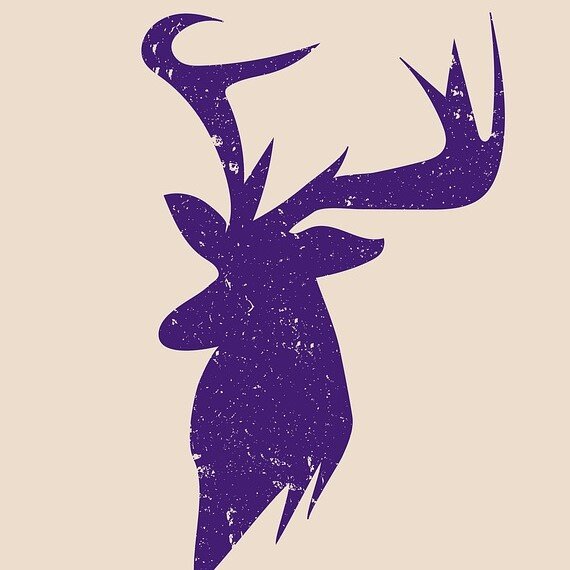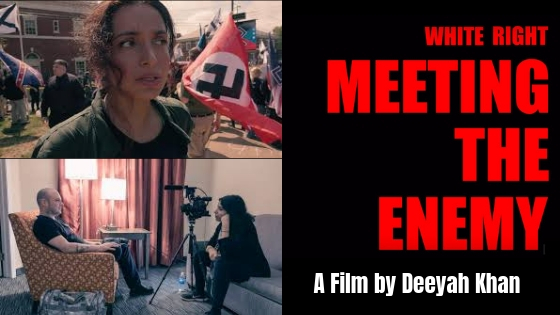This has been a hard week to choose the words, links, articles to share for a blog. I imagine so many of us are feeling overwhelmed by the coverage of the loss, the disbelief, and anger—not to mention feeling all those things. I don’t want to add to that.
But I don’t want to be silent either. So, I’m dedicating this week’s brief to the issue of white supremacy, which has been on my mind anyway since, with the help of friends, I’ve already begun slipping copies of Reaper Moon, my novel meant to be a counter to white supremacy and white nationalism, into free lending libraries across the country. We hope to have one thousand free copies out there in this fashion over the next few months. It will be available on all online retailers the first week of September (this year).
There is so much hurt out there this week. As a counter, I really wanted to be thorough and lean into the spiritual in this post. I’ll share examples of understanding and hope that have provided me some solace.
First: Understanding. From Dietrich Bonhoeffer, who knew firsthand about facing down race supremacists and how they emerge from an ecosystem of hurt and hate—a collective failure on the part of society to love. Bonhoeffer writes in Letters, Papers from Prison that the individual “supremacist” (or in his words “fool”) substitutes slogans for critical thinking while being exploited himself:
“The fact that the fool is often stubborn must not mislead us into thinking that he is independent. One feels that when talking to him, one is dealing with slogans, catchwords and the like, which have taken hold of him. He is under a spell, he is blinded, his very nature is being misused and exploited. Having thus become a passive instrument, the fool will be capable of any evil and at the same time incapable of seeing that it is evil . . . reasoning is no use; facts that contradict prejudices can simply be disbelieved.”
(I’m struck here by the themes of blindness—raised so often by Daniel Hill[1] in his anti-racism work—as well as this notion of alternative facts, a phenomenon from the past reminding us that this work is cyclical and, likely, never completed but rather constant).
Secondly: Hope, from Christain Picciolini. Picciolini puts these concepts of transformation, reconciliation, and redemption into practice. He is a former white supremacist who works to get people OUT of the movement. This interview[2] with him is fascinating for its parallels with what Bonhoeffer wrote 75 years ago. When asked what sways people to leave these movements, Picciolini says that it is:
“Certainly not facts. It’s very emotional. I try to take [white supremacists & neo nazis] through an emotional journey where they come to the conclusion that they’ve changed, and it’s not me telling them that they’ve changed. What I’ve found least effective is me telling them that they’re wrong, or me telling them that they need to think a certain way. Typically these people are pretty idealistic, although they’re lost, typically pretty bruised emotionally, and they have very low self-esteem . . . folks in these movements, they have their own set of facts. Two plus two equals five, so you can’t argue that two plus two equals four, even though we know that that’s the case. You have to take them through situations where they challenge themselves . . . it’s not an easy process; it’s a very, very long process.”
Picciolini is very much against using the term “lone wolf.” He emphasizes that we need to see these people in their context (if we don’t understand someone, it’s because we don’t understand their context). He points out how supremacists are caught up in a movement they turned to as a result of loneliness and alienation. What he emphasizes is that for many supremacists, there is trauma, hurt, and deep self-hate in their stories that led them down this destructive path. They lacked positive communities in their past and must be steered towards them in the present and future. Picciolini’s approach truly sees the human even in folks who struggle to see it in others. It’s a deeply spiritual path and really, probably the best antidote to hate. As Dorothy Day once said, “Love and more love is the only solution.”
And while it also might be controversial to say, I believe all these approaches, Bonhoeffer’s, Picciolini’s, Day’s require a certain amount of personal engagement, personal effort, and sacrifice even when it’s with people and ideas we find offensive. It is sort of the burden we’re left with to advocate for change. While I’m always one to encourage advocates to step back into the embrace of community, seeking spaces where we can recharge, I’m also struck at how this continuing engagement is the opposite of the disengagement and implied exclusion driving in the demarcation of “safe spaces” on places like college campuses—exactly the places where young people should be learning about the variety of perspectives in the world. . .even if only to fight them. While I believe we do need these spaces of safety, I don’t know if retreating from the conflict of the world in a permanent fashion will make it any “safer” for those who don’t have the privilege to retreat.
Unfortunately, if there is one thing I’m learning, the price of fighting hate, racism, injustice is to engage it. That takes energy and engaging can leave us bruised. But if love is to be our antidote, we must remember the first ingredient of love is paying attention.[3] As Bonhoeffer, Picciolini, and Day show, the power of their approach comes from close examination and personal encounters with injustice, with flawed social structures, and with people spouting deplorable ideologies. To dismantle these things, we have to understand them. Not fair. Not easy. Not something we can do without self care and occasional retreats, but that is indeed the nature of the work.
Be well. Be Blessed. Take care of yourselves and continue to do good work.
__________________________
[1] https://pastordanielhill.com/
[2] https://www.theatlantic.com/politics/archive/2019/08/conversation-christian-picciolini/595543/
[3] Thich Nhat Hanh



